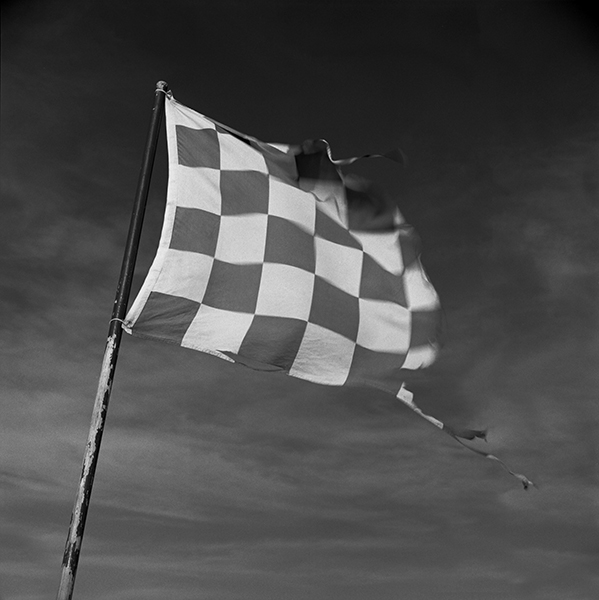Form
A photographs form is it physical attributes: light, tone, texture, line and shape.

Swimmer & Surfer Boundary Flag, Mission Beach, California
Light (three dynamics) is the master switch of photography, it defines how your subject is read by your viewer. Photographs with great detail inherently have great texture, (directional lighting) which help clarify the meaning of the photograph. Photographs with less information, like the flag image above work best in flat and diffused (flat & diffused lighting) lighting. Flat and diffused lighting envelopes the subject and allows the eye an even surface to explore tone, line and shape. One of the great joys of looking at photographs is how the photographer uses the tone of a subject to define the content and meaning in a photograph. I wanted the tone of the square shapes in the flag to have the same tone as the sky. It gave the impression that the flag was transparent which is illustrated by the blur and tattered end of the flag. Understanding the foundational concepts of form: light, tone, texture, shape and line train the eye to see the shapes of the world as visual symbols. These visual photographic symbols are responsible for the construction of content and meaning in photographs.

Ice Cream Cone Display, Mission Beach, California
©Copyright Craig Carlson All Rights Reserved


